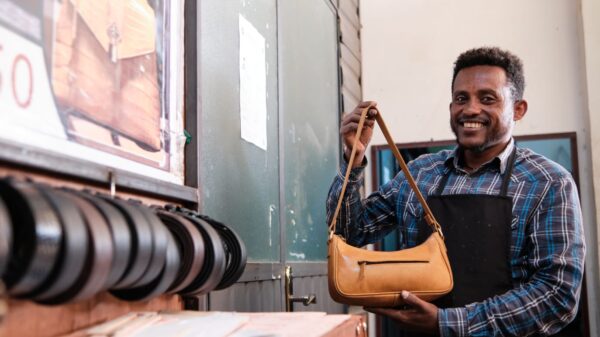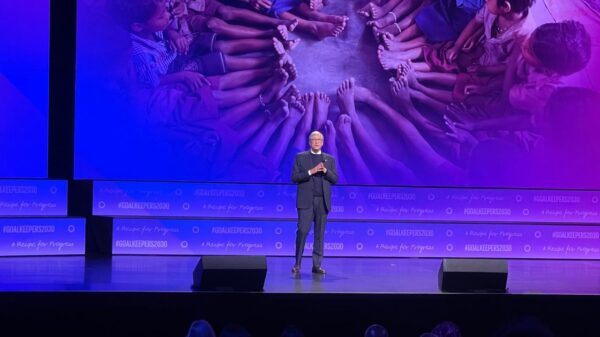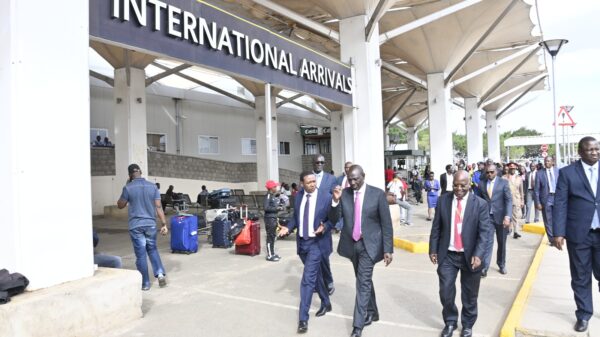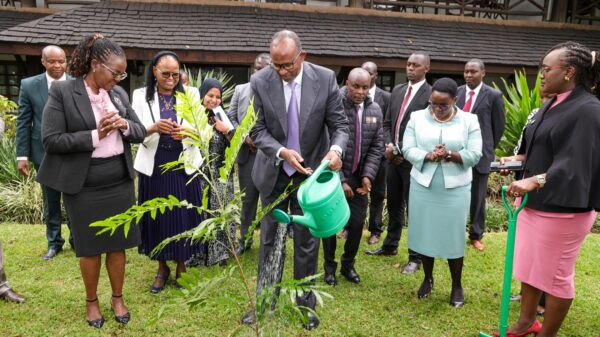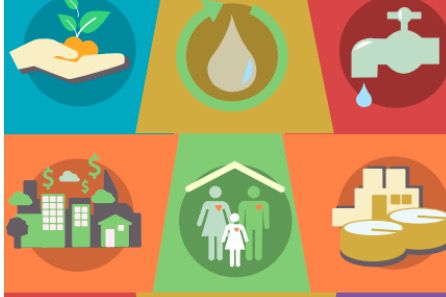NAIROBI, October 24 – While UN agencies, the World Bank, and the EU warn that the impact of rising food and fuel prices is denting progress in poverty alleviation, health and development, much of their focus has been on the terrible reverses seen in relatively stable developing countries where the shock of increased food and fuel prices can be ‘seen’.
However, in crisis countries where we cannot see the effect so easily, the negative impact is even greater. Countries like Somalia face so many shocks simultaneously that their people have almost no capacity to resist.
The catastrophic effect of food prices on crisis-affected populations is well demonstrated in recent work by USAID and UN FAO food security monitoring projects. Their analyses show that Eastern Africa is one of the worst affected regions in the world. Furthermore, they show that over the past year, food price increases are spiraling out of control in countries like Somalia and Zimbabwe.
The dramatic effects in both countries illustrate the difficulties that already destitute and vulnerable populations face in dealing with additional stress. Governments can help to mitigate the impact of global market price rises but where there is no government, no money and no local production, the people of failed states experience directly, the turbulence of international markets.
Somalia is a dry country with a high degree of urbanization and an extreme dependence on imported cereal/grain food commodities: 60% of its needs.
Somalia is also a poor country which tends to buy lower quality, cheaper food grains. As food prices rise globally and exporting countries keep cheaper grains for their own populations, Somali merchants are left with few low-cost options. And there are Somalia’s now legendary security
problems: piracy has increased the risk and cost of importation and internal conflict has increased business transaction costs within the country.
Compounding the situation even further is a drought that has drastically reduced Somali food production. Drought has reduced local grain harvests and sent prices sky-rocketing, fuelled by a huge demand as people opt to buy cheaper local foods instead of imported produce. The drought has also decimated livestock on which many Somalis depend to raise the money to buy grains. With fewer animals to sell and lower quality animals, Somali farmers get less grain per animal and can sell fewer animals than ever before.
Combined, the massive shocks of increasing global food and fuel prices, collapsing internal currencies (due to uncontrolled and excessive printing), drought, war, market collapse and lawlessness have created an unprecedented level of suffering. An estimated 3.2 million people in Somalia are now in desperate need of food aid and humanitarian assistance.
In the entire Horn of Africa region, this number rises to a staggering 14 million.
Last July, a Somali woman living in Jowhar (a town 90kms from Mogadishu) could spend 34,000 Somali Shillings to buy 3.5 Kg of rice or 9.6 Kg of local maize. Today, for the same sum she can only buy 850 grams of rice or 1.8 Kg of local maize. She has lost the equivalent of 1 Kg of rice to international food and fuel price increases, 1.5 Kg of rice to the collapse of the Somali shilling and 150 grams to the increased costs of internal transport due to fuel increases and insecurity.
This is not only due to war.
In Somaliland – the northwest region of Somalia which has been relatively peaceful for the past 10 years – the purchasing power of pastoralists has declined by 185 percent in the past year alone (his 3.5 Kg of rice is now 1.2 Kg).
With current levels of insecurity, old ways of running programmes cannot hope to have sufficient impact. The international community must see that urgent efforts are required to increase food flows to the Somali household and into the Somali market at subsidised prices, to get sustenance to the destitute. Meanwhile higher quality food commodities must also be targeted to women and children to meet their special needs for growth and development.
While the industrialised world worries about mortgage payments and banking collapse, the people of Somalia can no longer afford to stay alive.

